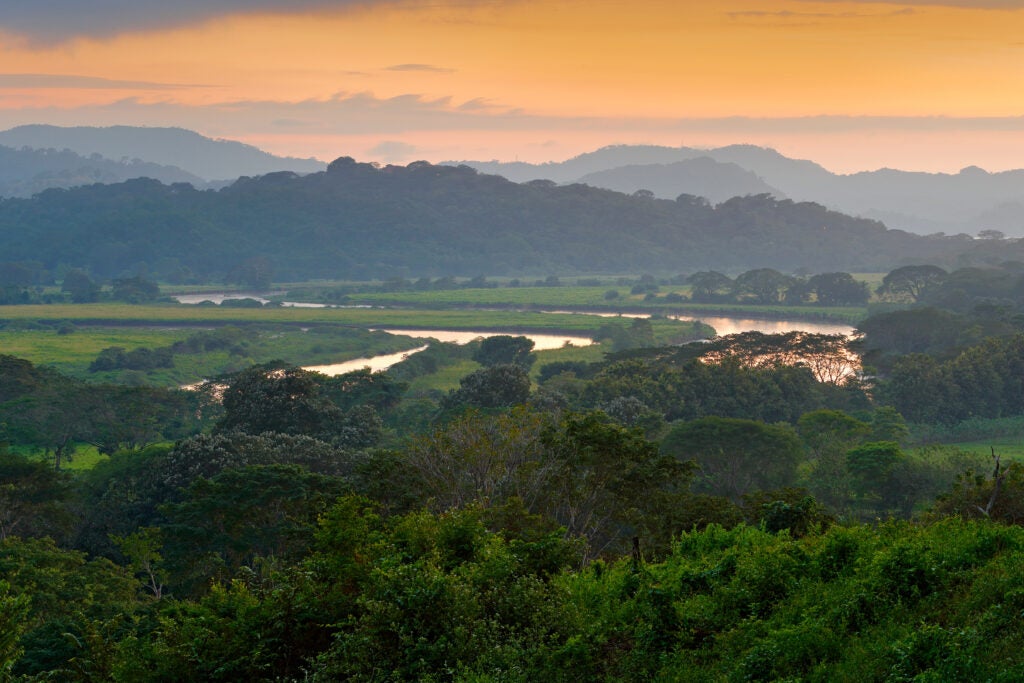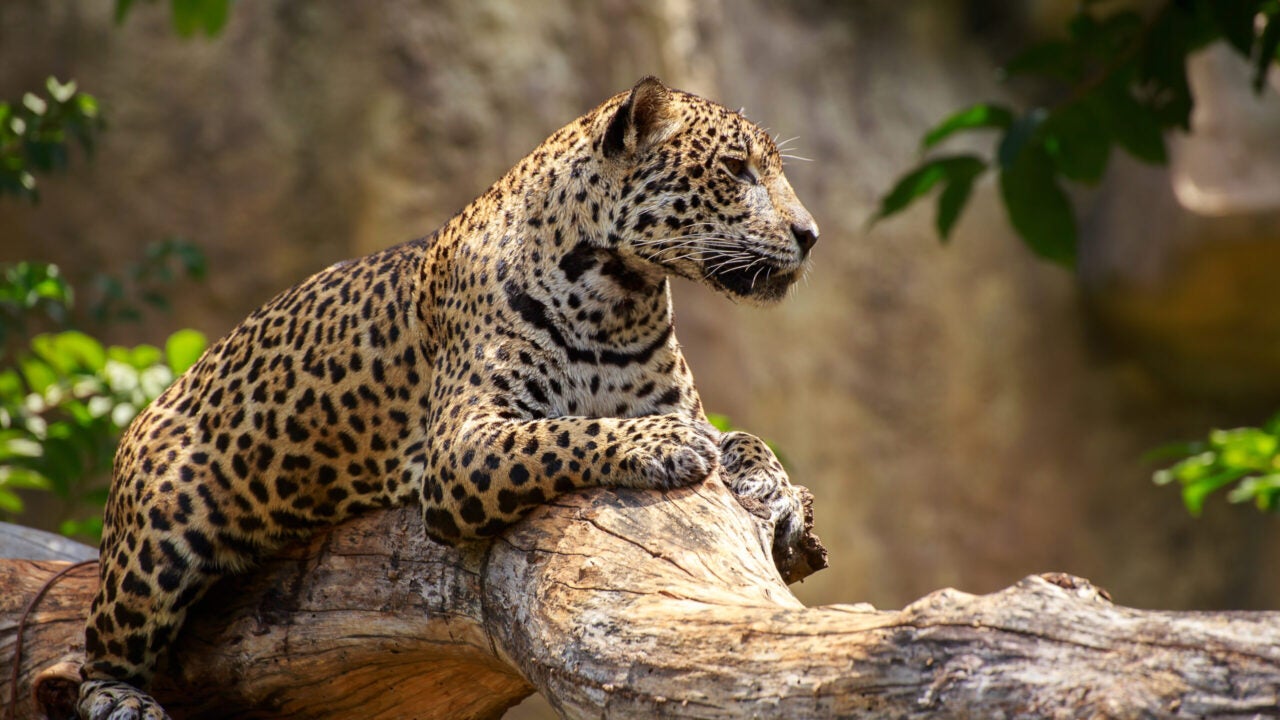Narco-trafficking activities threaten nearly 70% of Central American jaguar habitat, according to a new study led by The University of Alabama.

Lead author Dr. Nicholas Magliocca, UA associate professor of geography, called for a full accounting of the costs of continuing current interdiction methods alongside conventional conservation strategies. The study builds on Magliocca’s previous work examining land use changes in response to counterdrug interdiction efforts by law enforcement.
To examine these previously hidden costs, researchers analyzed the intersections between jaguar habitat and areas likely to attract trafficking operations in response to law enforcement pressures elsewhere.
“Human systems are incredibly complex,” Magliocca said. “We’re now at the point where we can look at a place where the landscape is changing and know whether narcotrafficking has caused it.”
Protecting Global Investments in Conservation
Jaguars are an umbrella species, representing a trickle-down conservation effect. Conditions where jaguars can thrive support numerous other species at the same time. Much of their habitat is located in the Mesoamerican Biological Corridor, a cluster of protected areas and the land between them in Mexico and Central America. The MBC is the main conservation mechanism in the region and represents more than $500 million in international funding.

That investment in the protection of jaguars and other iconic species is threatened because narco-traffickers, like jaguars, prefer remote, sparsely populated areas for their operations.
When a trafficking operation shuts down, it most often simply moves. Narco-trafficking operations contributed to an estimated 14-30% of deforestation in Central America. Traffickers clear land for buildings, roads and air strips. Often, they bring along an entire cattle ranching operation, which offers territory control, cover story and a money laundering vehicle.
“They’re able to move people and money and drugs through these spaces,” Magliocca said.
Cattle ranching and trafficking in protected areas also increase the risk of human-wildlife conflict, and jaguars may be killed to prevent livestock predation.
It is a wicked tangle of two important but difficult problems, Magliocca acknowledges. “The message for policymakers is that continuing a reactionary response of chasing traffickers around is ineffective,” he said.
Community-Based Solutions
While clearcut solutions may not be available, investment in community-based conservation strategies represents a promising option. In countries with limited resources and powerful criminal organizations, community and Indigenous organizations are more effective at managing protected areas and improving conservation outcomes.
Direct financing and investment to Indigenous and local communities may offer the best and most financially efficient way of curbing both the human and conservation costs of the illicit drug trade.
Funding from the NASA Land-Cover and Land-Use Change Program supported this work, which contributes to the Global Land Programme.
